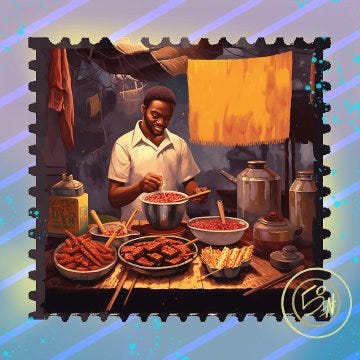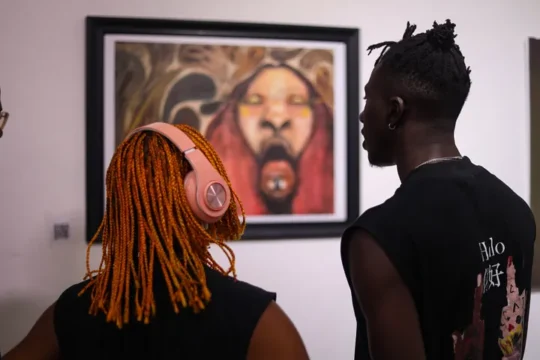From Pigments to Perspectives: Visual Art’s Expression Through Nature, Body, Identity, Sexuality, Politics, and Power
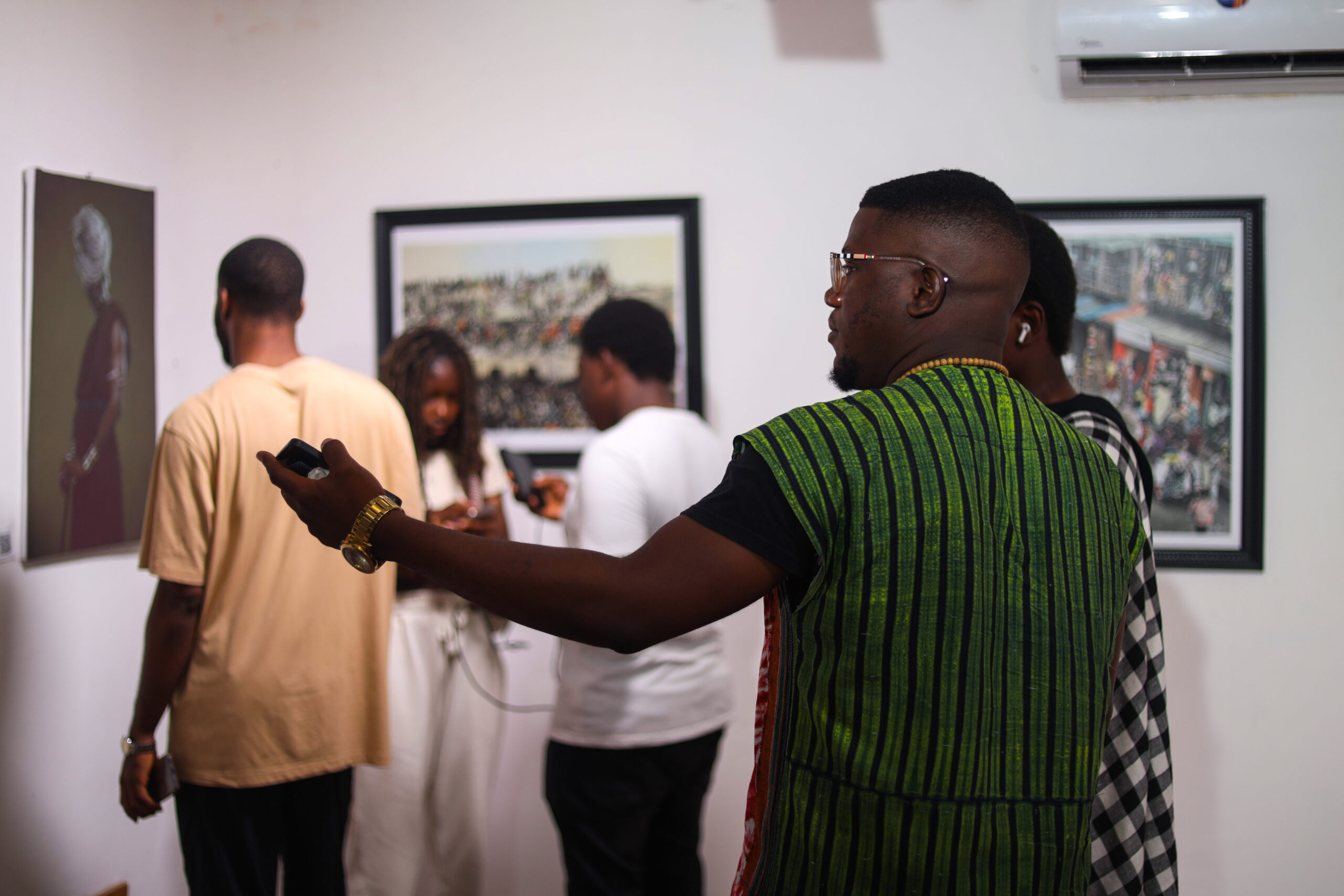
If nothing else, visual art provides an avenue for self-expression. As a primary source of inspiration, artists express attitudes, feelings, and sentiments about their environment through personal experiences, social interaction, and relationships with the natural world. In short, art helps us perceive and react to our place in the world.
When it comes to art, we typically associate identity with forms of portraiture or representations of human bodies and faces. Artists convey information about their subjects through expression and pose. We often respond directly to art’s language of identity based on our familiarity with human representation in our everyday lives. Sometimes, deeper cultural meanings are obscured and require additional narrative and analysis for understanding.
One of the ways that artists express and interpret our world is by exploring various aspects of human identity such as gender, sexuality, race, class, and culture. Art can challenge, celebrate, or critique the norms and expectations that shape our sense of who we are and how we relate to others. Some artists use the subject of the human body as a vessel of emotion, experience, and expression, which is a central theme in art. Others use various mediums to explore the body’s form, movement, and significance. From classical sculptures celebrating the idealized human physique to contemporary works challenging societal norms and what it is we are conditioned to call ‘beauty’, the body becomes a canvas that espouses profound narratives. An example of this is found in the work of Wangechi Mutu, a Kenyan-American artist known for her mixed-media works that often incorporate the female form to explore social issues. The traditional standards of beauty, often shaped by media, culture, and historical biases, are confronted by Wangechi who refuses to conform to prescribed ideals. She employs her craft to challenge the hegemony of conventional aesthetics, embracing a broader spectrum of human appearances, expressions, and experiences. Beauty, in this context, becomes a dynamic and fluid concept, evolving with each stroke of the artist’s brush.
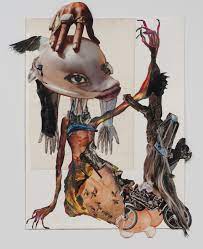
Art can also create a space for dialogue and understanding among different groups and perspectives. It has historically been intertwined with political discourse, serving as a vehicle for protest, critique, and advocacy. Artists actively engage with political issues, addressing topics such as social justice, inequality, and human rights like Ghanaian-Nigerian Artist El Anatsui whose works often crafted from discarded materials like bottle caps, aluminum, and copper wire, serve as visual narratives that challenge societal norms and environmental consequences associated with consumerism. Through these awe-inspiring sculptures, Anatsui prompts viewers to confront the impact of unchecked consumption and the environmental toll of waste. Furthermore, colonial history is a repeated theme in Anatsui’s works, with his pieces serving as visual commentaries on the enduring legacies of European colonization in Africa. The deliberate use of materials with historical ties to colonial economies, such as aluminum and copper, becomes a powerful choice to engage with the complex layers of colonial history. Anatsui’s art becomes a vessel for collective memory, inviting viewers to reckon with the scars left by colonialism and fostering a deeper understanding of the historical narratives that continue to shape African cultures.
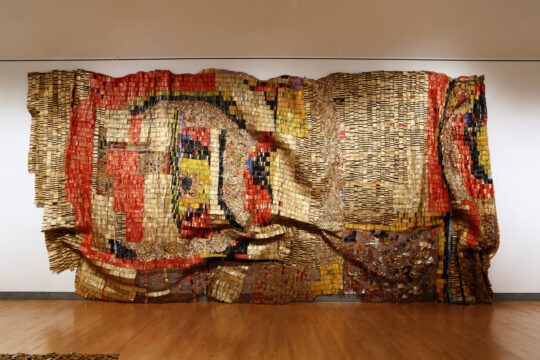
Ethiopian photographer and contemporary artist, Aida Muluneh often explores issues such as identity, gender, and the effects of globalization on African cultures. Muluneh’s exploration of identity is manifest in her deliberate and vivid use of color. Each photograph in her 99 series parts 2 & 6, 2014 is a canvas where vibrant hues are strategically employed, not merely for aesthetic appeal but to convey profound messages about individual and collective identity. The deliberate selection and arrangement of colors serve as a visual language, challenging conventional narratives and reflecting the rich diversity within the African continent. Moreover, Muluneh’s work navigates the nuanced landscape of gender, offering a contemplative perspective on the roles, expectations, and challenges faced by individuals within society. In the 99 series, her visual storytelling transcends traditional gender norms, capturing moments of empowerment, vulnerability, and defiance. Through symbolism and composition, Muluneh challenges stereotypes and offers a visual commentary on the fluidity of gender roles. The deliberate juxtaposition of elements within the photographs becomes a means of dismantling preconceived notions, inviting viewers to engage in critical reflections on the intersectionality of gender and identity.


Woven into the very essence of the human experience is an instinctive desire for power, whether wielded by individuals, institutions, or ideologies and becomes a compelling subject in art as we know it. Artists throughout history have always scrutinized power dynamics, questioning authority and exploring the impact of power on societies. From depictions of historical power struggles to contemporary reflections on authority as Sokari Douglas depicts in her sculpture Europe Supported by Africa and America, 2015, the medium serves as a mirror reflecting the complexities and consequences of power dynamics. The deliberate positioning of Europe above, seemingly supported by Africa and America, serves as a visual metaphor for historical exploitation, colonial legacies, and enduring economic dependencies. The sculpture’s materiality, facial expressions, and body language of the depicted figures contribute to the nuanced narrative, creating a tangible representation of the weightiness and consequences of unequal power relationships.
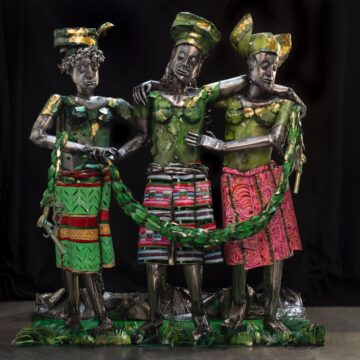
The interplay between art and these facets of our world goes beyond mere representation; it catalyzes dialogue, introspection, and ultimately social change. The artist becomes a storyteller, weaving narratives that transcend cultural boundaries and temporal limitations.
In conclusion, visual art is a powerful tool for expressing and interpreting our world. It can reflect our personal experiences, emotions, and values, as well as our collective identities, cultures, and histories. It can also address the political and social issues that shape our world and influence our actions. By creating and appreciating visual art, we can enrich our understanding of ourselves and others, as well as our role and responsibility in the world.


